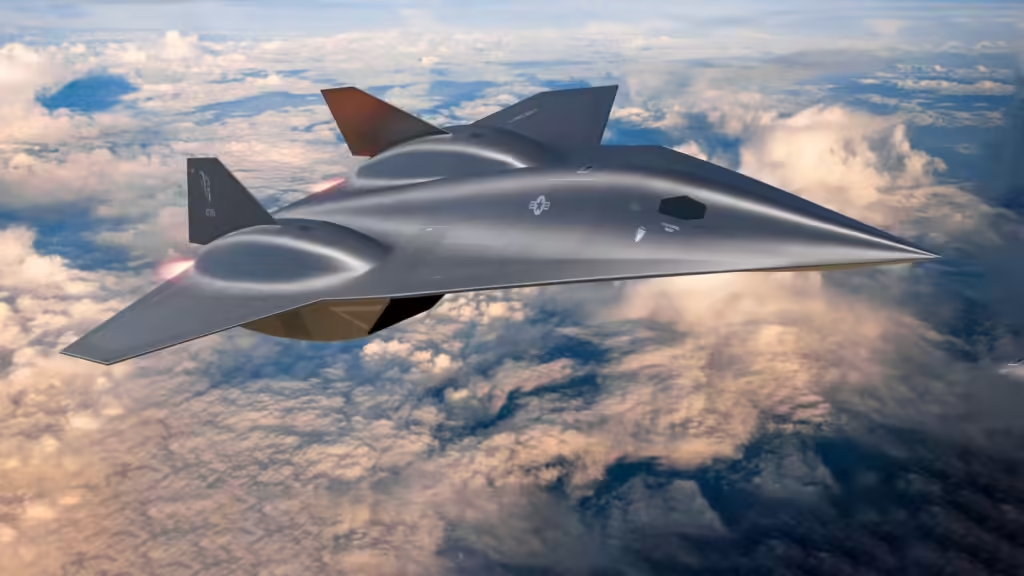
Imagine traveling from New York to London in just one hour or crossing the Pacific Ocean in under two hours. This isn’t science fiction—it’s the promise of hypersonic jets, the next frontier in aviation. Hypersonic jets, capable of flying at speeds greater than Mach 5 (five times the speed of sound), are set to revolutionize air travel, military operations, and space exploration. In this blog, we’ll explore what hypersonic jets are, how they work, and what the future holds for this groundbreaking technology.
What Are Hypersonic Jets?
- Definition: Hypersonic jets are aircraft that can travel at speeds exceeding Mach 5 (approximately 3,800 mph or 6,174 km/h).
- Comparison:
- Subsonic: Commercial jets fly at Mach 0.8–0.9 (e.g., Boeing 787).
- Supersonic: Concorde flew at Mach 2 (1,534 mph).
- Hypersonic: Speeds above Mach 5 (3,800+ mph).
- Applications:
- Commercial Travel: Ultra-fast passenger flights.
- Military: Rapid response and reconnaissance.
- Space Exploration: Reusable spacecraft for orbital and suborbital flights.
How Do Hypersonic Jets Work?
- Propulsion Systems:
- Scramjets: Supersonic Combustion Ramjets are the most common engines for hypersonic flight. They compress incoming air at supersonic speeds, mix it with fuel, and ignite it without moving parts.
- Rocket Engines: Used for initial acceleration, often in combination with scramjets.
- Aerodynamics:
- Streamlined Design: Hypersonic jets have sharp, wedge-shaped noses and sleek bodies to minimize drag and manage extreme heat.
- Thermal Protection: Advanced materials like ceramic composites and titanium alloys withstand temperatures exceeding 2,000°C (3,632°F).
- Flight Altitude: Hypersonic jets typically fly at the edge of space, around 100,000 feet, where the air is thin, reducing drag and heat buildup.
Challenges of Hypersonic Flight
- Heat Management:
- At hypersonic speeds, air friction generates extreme heat, requiring advanced cooling systems and heat-resistant materials.
- Propulsion Efficiency:
- Scramjets only work at very high speeds, so hybrid systems (rocket + scramjet) are often needed for takeoff and acceleration.
- Control and Stability:
- Hypersonic jets must maintain stability in thin air and at extreme speeds, requiring advanced flight control systems.
- Cost and Development:
- Developing hypersonic technology is expensive and requires significant research and testing.
Current Hypersonic Projects
- NASA X-43: The X-43 set a world record in 2004, reaching Mach 9.6 (7,000 mph) using a scramjet engine.
- Lockheed Martin SR-72: Dubbed the “Son of Blackbird,” this unmanned hypersonic aircraft is designed to fly at Mach 6 for reconnaissance and strike missions.
- Boom Overture: While not hypersonic, Boom’s Overture aims to bring back supersonic commercial travel, paving the way for future hypersonic passenger jets.
- SpaceX Starship: Although primarily a spacecraft, Starship’s reusable design and high-speed capabilities align with hypersonic principles.
The Future of Hypersonic Jets
- Commercial Travel:
- Companies like Hermeus and Destinus are working on hypersonic passenger jets that could cut international flight times by 80%.
- Challenges include making hypersonic travel affordable and addressing sonic booms, which can be disruptive on the ground.
- Military Applications:
- Hypersonic missiles and drones are already in development, offering rapid strike capabilities and evading traditional defenses.
- Space Exploration:
- Hypersonic jets could serve as reusable first-stage vehicles for launching satellites and spacecraft, reducing the cost of space travel.
Benefits of Hypersonic Jets
- Speed: Drastically reduced travel times for passengers and cargo.
- Efficiency: Potential for more efficient fuel use at high altitudes.
- Global Connectivity: Faster travel could bring the world closer together, boosting trade, tourism, and cultural exchange.
- Innovation: Advances in hypersonic technology could lead to breakthroughs in materials, propulsion, and aerodynamics.
Challenges to Overcome
- Environmental Impact:
- Hypersonic jets must address concerns about emissions and noise pollution.
- Safety:
- Ensuring passenger safety at extreme speeds and altitudes is a top priority.
- Regulation:
- New international regulations will be needed to govern hypersonic flight paths and operations.
Conclusion
Hypersonic jets represent the future of high-speed flight, promising to transform how we travel, defend, and explore. While significant challenges remain, the progress made so far is a testament to human ingenuity and the relentless pursuit of innovation. As technology advances, the dream of crossing continents in mere minutes is inching closer to reality.
What do you think about hypersonic jets? Would you hop on a flight that travels at Mach 5? Let us know in the comments below!

Leave a Reply